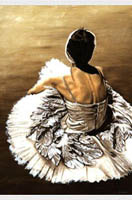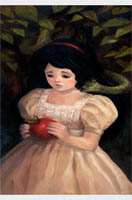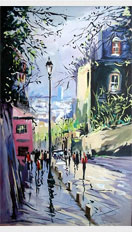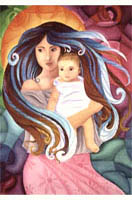A PORTRAIT OF THE ARTIST AS A YOUNG MAN:
"A Portrait of the Artist as a Young Man" is a groundbreaking novel by Irish writer James Joyce, first published in 1916. The novel is a Bildungsroman, or coming-of-age story, that explores the intellectual and emotional development of its protagonist, Stephen Dedalus, from childhood to adolescence and young adulthood.
The narrative is largely autobiographical, drawing on Joyce's own experiences and reflecting his artistic and intellectual evolution. It delves into Stephen's struggles with his identity, religion, family, and societal expectations in early 20th-century Ireland. The novel is known for its innovative narrative techniques, including stream-of-consciousness writing, which allows readers to delve into Stephen's inner thoughts and experiences.
The novel transitions to Stephen's time at University College Dublin, where he grapples with the burgeoning ideas of nationalism, religion, and aesthetics. Joyce employs a rich tapestry of language and symbolism to convey Stephen's inner turmoil and growing sense of artistic purpose. The novel's title itself reflects the thematic core, presenting the protagonist's quest to define himself as an artist amidst societal expectations. Religion plays a significant role in Stephen's development.
His struggles with Catholicism and the oppressive influence of the Church mirror Joyce's own complex relationship with Irish Catholicism. The famous "hellfire sermon" episode vividly illustrates Stephen's internal conflict as he confronts the dogmas that have shaped his worldview. As the narrative progresses, Stephen becomes increasingly committed to forging his own path, rejecting societal norms and religious constraints. His departure from Ireland signals a metaphorical and physical emancipation from the influences that have defined his youth.
The novel concludes with Stephen embracing his artistic vocation, setting the stage for his future as an independent and self-realized individual. Joyce's prose is dense and layered, filled with intricate wordplay, allusions, and a keen awareness of linguistic possibilities. The novel's structure mirrors Stephen's intellectual journey, evolving from a more traditional narrative style to a more experimental and fragmented form as Stephen's consciousness expands.A PORTRAIT OF THE ARTIST AS A YOUNG MAN
MORE ABOUT THE AUTHOR:








